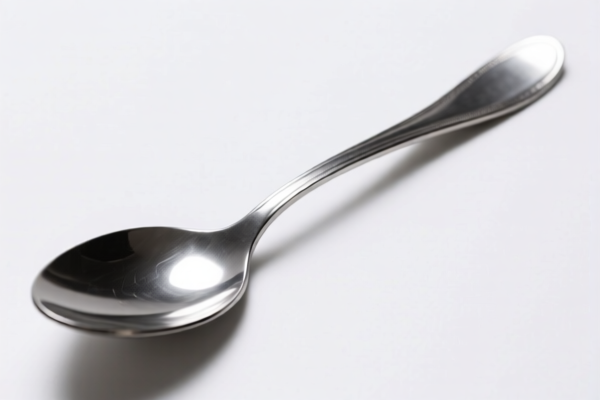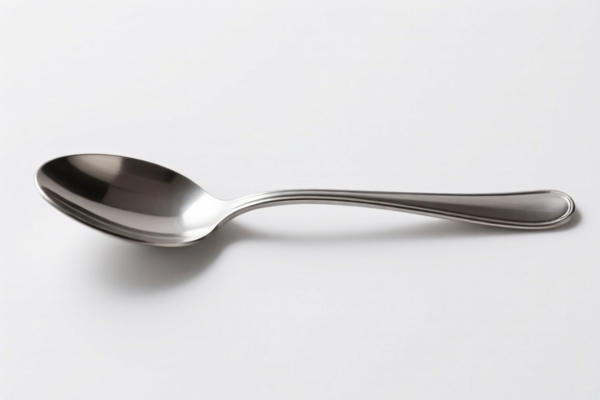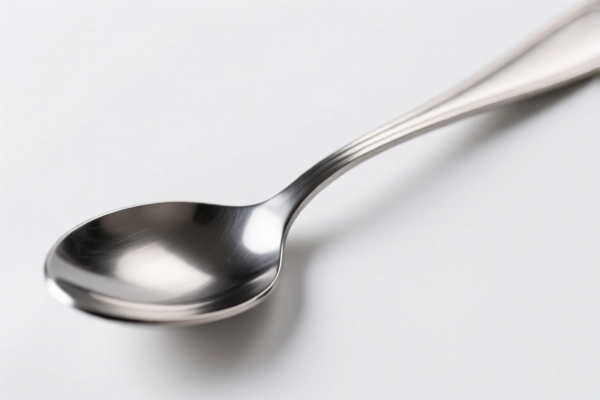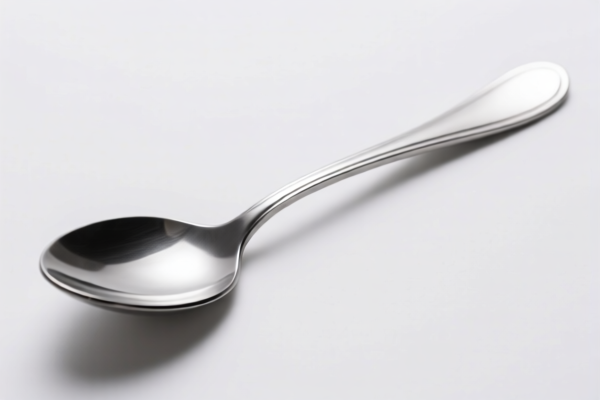| HS Code | Official Doc | Tariff Rate | Origin | Destination | Effective Date |
|---|---|---|---|---|---|
| 4419901100 | Doc | 35.3% | CN | US | 2025-05-12 |
| 4419191000 | Doc | 35.3% | CN | US | 2025-05-12 |
| 4417008010 | Doc | 60.1% | CN | US | 2025-05-12 |
| 4417008090 | Doc | 60.1% | CN | US | 2025-05-12 |




Wooden Spoon
A wooden spoon is a kitchen utensil used for stirring, mixing, and serving food. It is traditionally made from wood, typically hardwood, and characterized by its shallow bowl and long handle.
Material:
The primary material is wood, with common choices including:
- Maple: A popular choice due to its hardness, durability, and neutral flavor.
- Beech: Another hard wood, offering a smooth surface and resistance to staining.
- Olive Wood: Known for its attractive grain, durability, and resistance to moisture.
- Cherry Wood: Offers a warm color and a smooth finish.
- Bamboo: A sustainable and fast-growing option, lighter in weight and generally less expensive.
Purpose:
The main purpose of a wooden spoon is to prepare and serve food. Its non-reactive nature makes it suitable for a wide range of culinary tasks.
Function:
- Stirring: The shape allows for efficient mixing of ingredients in pots, pans, and bowls.
- Mixing: Effective for combining dry and wet ingredients.
- Tasting: The wood does not impart flavors and allows for safe tasting of food during cooking.
- Serving: Can be used to portion and serve dishes.
- Scraping: The edge can be used to scrape the bottom of pans to prevent sticking.
Usage Scenarios:
- Cooking: Used in various cooking processes, including sauces, soups, stews, and baking.
- Baking: Suitable for mixing batter, dough, and frosting.
- Sauce Making: Ideal for stirring sauces, as it won't react with acidic ingredients.
- Candy Making: Used for stirring hot sugar mixtures.
- General Food Preparation: Versatile for a wide range of kitchen tasks.
Common Types:
- Standard Wooden Spoon: A basic, all-purpose spoon with a shallow bowl and long handle.
- Slotted Wooden Spoon: Features slots in the bowl to allow liquids to drain while retaining solid ingredients.
- Corner Wooden Spoon: Designed with a rounded corner for better scraping and reaching into corners of pots and pans.
- Flat Wooden Spoon: Possesses a flat bowl, ideal for flipping and serving food.
- Mini Wooden Spoon: Smaller in size, often used for stirring small portions or for children's cooking.
- Olive Wood Spoon: Specifically made from olive wood, known for its unique grain and durability.
Wooden spoons fall under the category of tableware and kitchenware made of wood. Here are the relevant HS codes based on the provided information:
-
4419901100: This HS code covers “Tableware and kitchenware, of wood: Other: Forks and spoons”.
- 44: Chapter 44 relates to wood and articles of wood; wood charcoal.
- 19: Heading 19 specifies tableware and kitchenware of wood.
- 90: Subheading 90 denotes “Other” types within tableware and kitchenware.
- 1100: Further specifies forks and spoons. The total tax rate is 35.3%.
-
4419191000: This HS code covers “Tableware and kitchenware, of wood: Of bamboo: Other: Forks and spoons”.
- 44: Chapter 44 relates to wood and articles of wood; wood charcoal.
- 19: Heading 19 specifies tableware and kitchenware of wood.
- 19: Subheading 19 denotes “Of bamboo”.
- 1000: Further specifies forks and spoons. The total tax rate is 35.3%.
It is important to note that both HS codes have a total tax rate of 35.3%, comprised of a 5.3% base tariff, a 0.0% additional tariff, and a 30% additional tariff effective after April 2, 2025.
Please verify the material of the wooden spoon (general wood vs. bamboo) to determine the correct HS code.
Customer Reviews
No reviews yet.